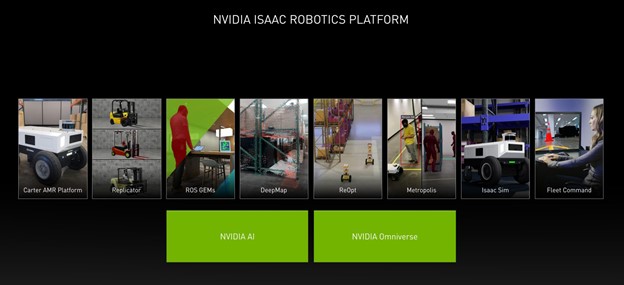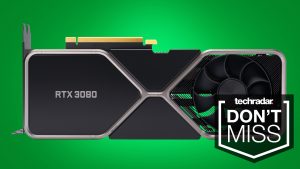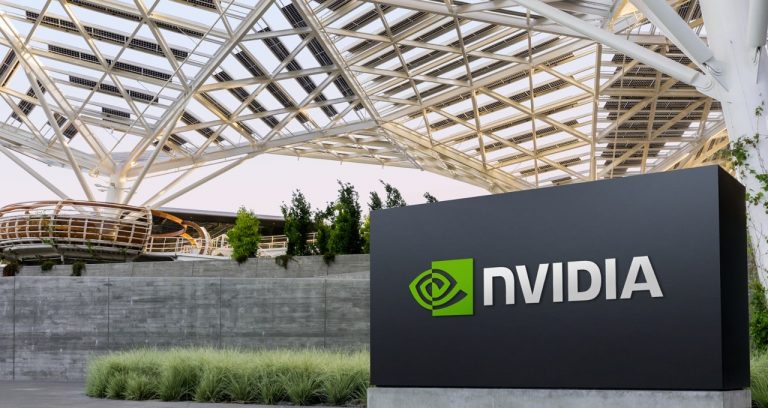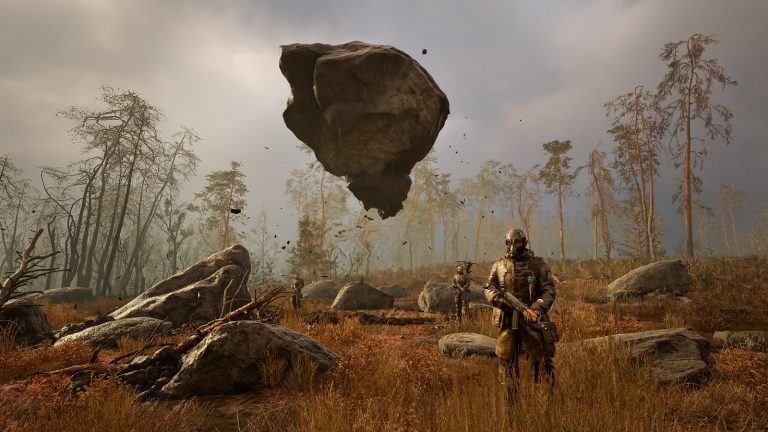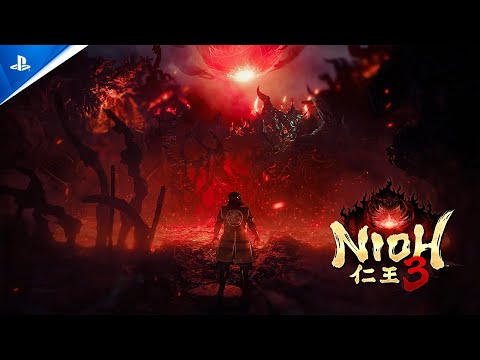Manufacturing and fulfillment centers are profoundly complex. Whenever new earbuds or socks land at your doorstep in hours or a vehicle rolls off an assembly line, a maze of magic happens with AI-driven logistics.
Massive facilities like these are constantly in flux. Robots travel miles of aisles to roll up millions of products to assist teams of moving people. Obstacles are ever present.
Today we’re introducing the Isaac Autonomous Mobile Robot (AMR) platform to optimize operational efficiency and accelerate deployment of AMRs. Isaac AMR extends NVIDIA Isaac capabilities for building and deploying robotics applications, bringing mapping, site analytics and fleet optimization onto NVIDIA-Certified Systems.
Industrial facilities of this type can be as big as city blocks or stadiums. They are constantly reconfigured or scaled up to meet product demands of the moment. Path planning and rerouting for autonomous robots need to move in lockstep.
At industrial scale, even small routing optimizations can save billions of dollars in the $9 trillion logistics industry.
Autonomous mobile robot deployments are estimated to reach 53,000 sites by 2025, up from 9,000 in 2020, according to Interact Analysis. Meanwhile, supply chains strain to keep up with increasing e-commerce amid worker shortages and COVID-19 restrictions.
One hurdle is the ability to rapidly and autonomously develop high-accuracy robot maps. They need to be continuously updated as operations scale or fluctuate. And increasing situational awareness of changing environments for mobile robots and continuously reoptimizing the routes — all while developing new skill sets through simulation — is paramount to operational efficiency.
Isaac AMR is the result of years of research and product development at NVIDIA. The framework is available on the NVIDIA NGC software hub and within the NVIDIA Omniverse platform, tapping into Metropolis and ReOpt at first, and soon DeepMap and more NVIDIA technologies.
Scaling Operations With Isaac AMR
The AI and computing challenges of autonomous mobile robots for manufacturing and fulfillment aren’t all that different from those of autonomous vehicles.
Obstacles and people must be avoided. Destinations need to be reached. Thousands of sensors driven by GPU-accelerated algorithms help fleets of autonomous robots solve the traveling salesman problem — finding the shortest path between multiple destinations — among ever-changing industrial workflows in real time.
The Isaac AMR platform uses NVIDIA Omniverse for creating digital twins of the facility where AMRs will be deployed. NVIDIA Isaac Sim (built on Omniverse) simulates the behavior of robot fleets, people and other machines in the digital twins with high-fidelity physics and perception. It also enables synthetic data generation for training of AI models.
Isaac AMR consists of GPU-accelerated AI technologies and SDKs including DeepMap, ReOpt and Metropolis. These technologies are securely orchestrated and cloud delivered with NVIDIA Fleet Command.
DeepMap Delivers Mapping Advances
NVIDIA’s recent acquisition of DeepMap brings advances in mapping for autonomous vehicles to the AMR industry as well.
AMR deployments can access the DeepMap platform’s cloud-based SDK to help accelerate robot mapping of large facilities from weeks to days, while achieving centimeter-level accuracy.
The DeepMap Update Client enables robot maps to be updated as frequently as necessary, in real time. And the DeepMap SDK delivers layers of intelligence to maps by adding semantic understanding — so robots can identify the objects pixels represent and know if they can move one way or not. It’s also capable of addressing both indoor and outdoor map building.
As part of the Isaac AMR platform, NVIDIA DeepMap integrates with other components, such as Metropolis, ReOpt, Isaac Sim via Omniverse and more.
NVIDIA Metropolis Adds Real-Time Situational Awareness
Mapping doesn’t account for everything in these environments. And the advanced sensors onboard AMRs aren’t always sufficient to ensure safe and efficient operation.
The NVIDIA Metropolis video analytics platform meets the need for higher level real-time “outside-in” perception by providing access to cameras and sensors deployed all over the factory or warehouse floor.
With Metropolis, AMRs have access to additional layers of situational awareness on the factory floor, enabling them to avoid high-congestion areas, eliminating blind spots and enhanced visibility of both people and other AMRs. In addition, Metropolis’s pre-trained models provide a head start in customizing for site-specific needs.
ReOpt Libraries Transform Logistics
NVIDIA ReOpt AI software libraries can be used to optimize vehicle route planning and logistics in real time, which can be applied to fleets of AMRs.
Many factors need to be considered in deciding the optimal AMR fleet size to be deployed for large, complex environments. Robot speeds, battery life, transport size and weight, and facilities layout all factor in.
Companies can simulate (using Isaac Sim) multiple AMR interactions with NVIDIA ReOpt. These can happen quickly and accurately in digital twins of environments such as warehouses. And they can be implemented before deploying robots in production as situations change, saving time and money.
And, once deployed, routes have to be continuously re-optimized to deliver the most operational efficiency. NVIDIA ReOpt provides for dynamic reoptimization of routes to a fleet of heterogeneous AMRs based on a number of constraints.
Deploying AMRs Into Production
Available on NVIDIA-Certified Systems, the Isaac AMR platform enhances the development of AI-driven logistics by providing a complete path to build industrial and human-robot simulations as well as route optimizations.
Isaac AMR Platform is built to be enterprise class and cloud ready. The NVIDIA technologies presented as part of the Isaac AMR platform can be securely deployed and managed on servers with NVIDIA Fleet Command.
